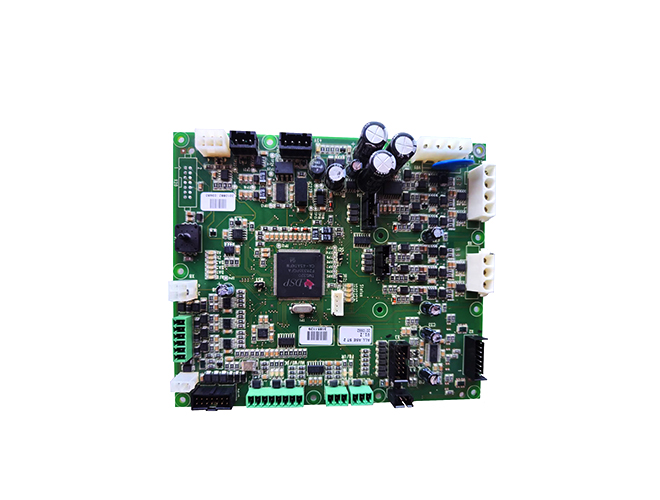-
CN
-
Service Hotline
+8618129931046 Mr. Liao


Time:2025-04-26 Views:1

Electromagnetic interference (EMI) is a critical concern in high-frequency printed circuit board (PCB) design, as it can disrupt the normal operation of electronic devices and cause signal degradation. To address this issue, several design methods have been developed.
One of the fundamental strategies is proper layout planning. In high-frequency PCBs, signal traces should be kept as short as possible to minimize electromagnetic radiation. Differential signaling, where pairs of traces carry complementary signals, can significantly reduce EMI. By ensuring that the two traces in a differential pair are closely routed and have equal lengths, common-mode noise is canceled out, reducing the overall electromagnetic emissions. Additionally, separating high-speed and low-speed signals is crucial. High-speed digital signals, such as those used in serial communication interfaces like USB 3.0 or PCIe, can generate significant EMI if not properly isolated from analog or low-speed signals.
Shielding is another effective EMI mitigation technique. Metallic shields can be placed around sensitive components or high-frequency signal traces to contain electromagnetic fields. These shields can be in the form of copper or aluminum enclosures, which are grounded to provide a path for the unwanted electromagnetic energy to dissipate. For example, in a high-frequency RF PCB, shielding can be used to isolate the RF circuitry from the rest of the board, preventing interference with other components.
Power plane design also plays a vital role in EMI reduction. A well-designed power plane should have a low impedance to minimize voltage fluctuations and reduce the generation of electromagnetic fields. Split power planes can be used to separate different power domains, reducing crosstalk between them. Furthermore, proper decoupling capacitor placement is essential. Decoupling capacitors should be placed close to the power pins of integrated circuits to provide local energy storage and suppress high-frequency noise.
Grounding is a key aspect of EMI design. A single-point grounding system can help reduce ground loops, which are a major source of EMI. In this system, all ground connections are routed to a single common point, minimizing the potential for current loops that can generate electromagnetic fields. Additionally, using a ground plane as a reference for all signals can improve signal integrity and reduce EMI.